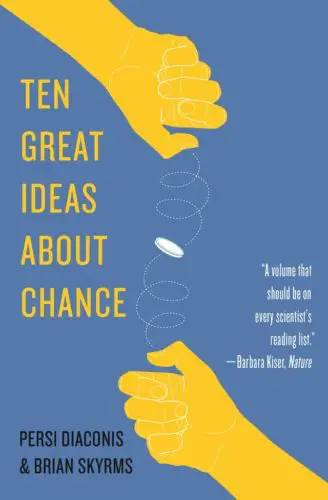In “The Man Who Solved the Market,” Gregory Zuckerman offers a detailed account of perhaps the most successful, yet enigmatic figures in the world of finance—Jim Simons. Constructed through extensive research and interviews, this book captivates the reader with the narrative of a mathematician turned finance mogul whose innovative techniques paved the way for the quant revolution that would forever change the industry.
At its core, this book is a testament to human ingenuity and the power of applying mathematical precision to the rough-and-tumble world of investing. It elucidates fundamental themes such as the relentless pursuit of knowledge, the intersection of technology and finance, and the unforeseen consequences of disrupting established industries.
Simons, a distinguished mathematician and a former code breaker, ventures into finance and establishes his firm, Renaissance Technologies. There, he and his team of analysts, mathematicians, and computer scientists craft the Medallion Fund—a fund that achieves unprecedented success through algorithmic trading.
But the plot thickens as Zuckerman unravels how Renaissance’s strategies extend beyond markets. The firm’s executives exert influence on crucial political outcomes, highlighting the often-ignored nexus between financial power and political dynamics. The enigmatic figure of Robert Mercer appears, threading in the controversial twists of the modern political landscape.
Zuckerman’s narrative prowess never diminishes the complexity of financial strategies to simplistic anecdotes. Instead, the reader is treated to a lush mix of Simons’s personal life, mathematical rigor, and the quirkiness of a team that consisted of astronomers and cryptographers alongside traditional market researchers.
The book reads like a thrilling novel, yet it serves as a scholarly record of quantitative analysis’s rise to prominence. For readers interested in the tumultuous years that reshaped financial markets, this text is both an engaging tale and an edifying exposition of quantitative finance.
“The Man Who Solved the Market” is a fascinating portrayal of how one man’s vision transformed the world of finance. Zuckerman triumphs in demonstrating that behind the cold algorithms and data that dictate the pulse of markets are human stories of ambition, curiosity, and unintended consequences.
As much as it is a reflection on success, the story of Renaissance poses ethical questions regarding the role and influence of such firms. The book subtly probes the reader to consider the broader impact of finance on society and how individuals like Simons and firms like Renaissance craft our world, often from the shadows.
Amidst soaring profits and revolutionary approaches, it’s a tale of immense success shadowed by a stark reminder that every action, especially in a high-stakes environment like Wall Street, triggers ripples that resonate far and wide. A recommended read for anyone intrigued by the amalgamation of intellect, technology, and finance, and their role in shaping the modern era.
















